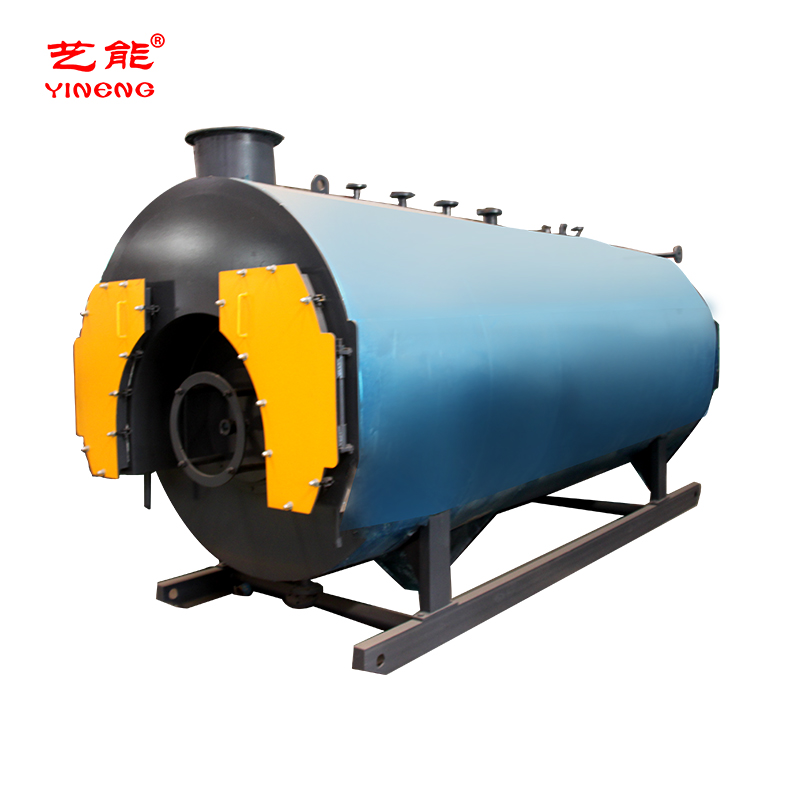Electric Steam Boiler Manufacturers | Efficient, Safe, OEM
What buyers really ask before shortlisting electric steam boiler manufacturers
I’ve toured boiler rooms from Suzhou to Sheffield and, to be honest, the same two questions keep popping up: can the grid support us, and what does the total cost of steam look like in real-world use? Electrification is surging—especially where carbon intensity is low and incentives sweeten the deal—but high-efficiency gas/oil units still win in places with unstable power or pricey electricity. That’s the messy middle many plant managers live in.

Spotlight: WNS Energy-Saving Gas or Diesel Fired Steam Boiler
Built in Wuqiao, Hebei, China, this wet-back, three-pass WNS unit is a pragmatic pick when electricity is constrained. It’s not electric, obviously, but many customers benchmark it when comparing with electric steam boiler manufacturers to quantify payback and service life.
| Key spec | WNS Gas/Oil Steam Boiler (≈ values) |
|---|---|
| Evaporation capacity | 1–20 t/h (larger on request) |
| Working pressure | 0.7–2.5 MPa |
| Thermal efficiency | ≥96% (up to ≈98% with condenser/economizer) |
| NOx emissions | |
| Materials | Pressure vessel: Q345R/16Mn; condenser: SS304/316L |
| Controls | PLC + modulating burner; O2 trim optional |
| Steam quality | Dryness ≥97% (proper separation) |
| Service life | 15–20 years with routine maintenance |
Manufacturing & Testing Snapshot
Process flow: plate forming → submerged-arc welding (SAW) → full wet-back reversal chamber build → PWHT where required → hydrostatic test at 1.5× design pressure → NDT (UT/RT on seams) → burner tuning → FAT. Standards customers commonly request: ASME BPVC I, CSD-1; EN 12953; ISO 16528. Real-world feedback: “quiet burner ramp,” “steadier steam at low loads,” and—surprisingly—fewer nuisance trips after the PLC update last year.

Where electric shines—and where gas still wins
- Hospitals and labs: electric = ultra-low NOx on-site, fast start/stop for sterilizers.
- Food & beverage: many urban plants go electric to meet city air rules; rural sites prefer gas for fuel cost stability.
- Textiles/pharma: if power quality is shaky, WNS-type gas/diesel provides resilience.
Vendor landscape (my short-list)
| Vendor | Core strength | Typical capacity | Notes |
|---|---|---|---|
| YN Boilers (Hebei) | High-efficiency WNS gas/oil | 1–20 t/h | Strong on cost/performance; quick lead times |
| Chromalox (US) | Packaged electric boilers | Up to ≈50,000 lb/h (modular) | UL-listed electric; fast response |
| Precision Boilers (US) | Electrode/resistance electric | Small to mid-size | Good for hospitals, schools |
| Bosch, Fulton, Miura | Global networks; efficient systems | Broad ranges | Strong after-sales; premium pricing |
When shortlisting electric steam boiler manufacturers, ask for UL 834 or equivalent listings, witnessed hydro tests, and harmonized controls (BMS, Modbus). For gas/oil, check burner NOx class, condensate recovery options, and stack O2 trim performance data.

Customization & integration
Useful add-ons: skid-mounted water treatment, deaerator, blowdown heat recovery, stack economizer, and SIL-rated safety loops. For electric units, clarify kVA demand, soft-start or step-control, and harmonic filters. For WNS, I’d spec a 316L condenser and a service-friendly rear door—saves hours during annuals.
Two quick case notes
- Urban brewery (EU): switched to a 600 kW electric package; zero on-site NOx, quick ramp; payback ≈4.5 years with green tariffs.
- Textile mill (Asia): chose a 10 t/h WNS gas unit due to frequent brownouts; recorded fuel savings ≈7% after O2 trim and condensate return upgrades.
Testing, documentation, and service life
Ask for hydrostatic test reports (1.3–1.5× design pressure), NDT maps, burner SAT data, and water chemistry logs. Service life? Around 15–20 years for WNS and 20+ for electric shells—real-world use may vary with water quality and cycling.
Authoritative citations
- ASME Boiler & Pressure Vessel Code, Section I – Power Boilers. https://www.asme.org/codes-standards
- UL 834 – Heating, Water Supply, and Power Boilers—Electric. https://www.ul.com
- EN 12953 – Shell boilers. https://standards.cen.eu
- ISO 16528 – Boilers and pressure vessels. https://www.iso.org
- NFPA 85 – Boiler and Combustion Systems Hazards Code. https://www.nfpa.org
- U.S. DOE: Industrial Electrification & Steam Systems Resources. https://www.energy.gov
-
Electric Steam Boiler Manufacturers | High-Output & SafeNewsNov.14,2025
-
OEM Steam Boiler Solutions | High-Efficiency, Custom-BuiltNewsNov.13,2025
-
Thermal Oil Boiler | High Efficiency, Low Pressure, OEMNewsNov.12,2025
-
Hebei Yineng Boiler Co., Ltd. Showcases Cutting-Edge Boiler Solutions at Indonesia International Boiler Exhibition 2025NewsNov.11,2025
-
China Steam Boiler Price: Factory Direct, High EfficiencyNewsNov.11,2025
-
Electric Steam Boiler Manufacturers—Efficient, Low-EmissionNewsNov.10,2025

